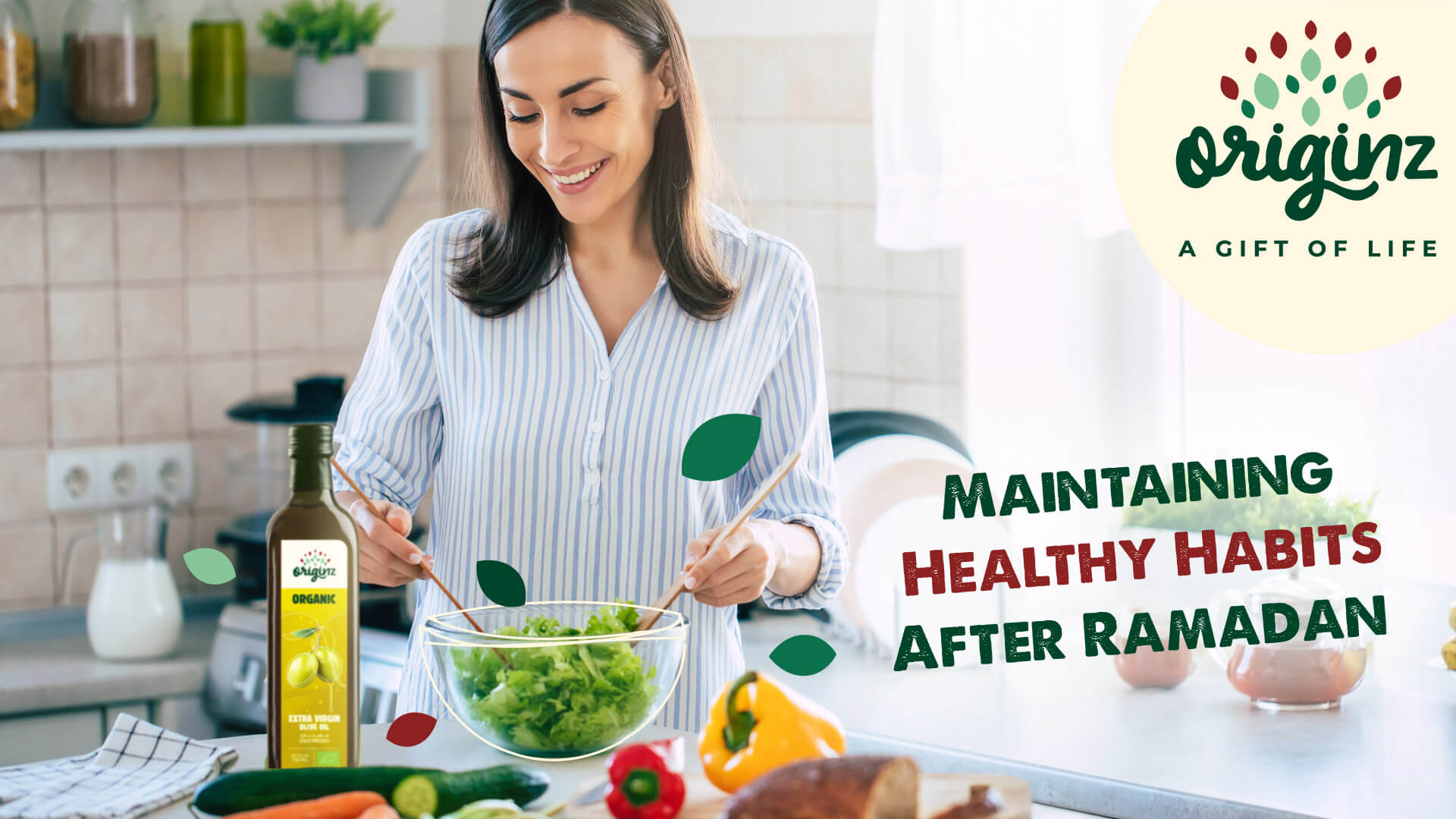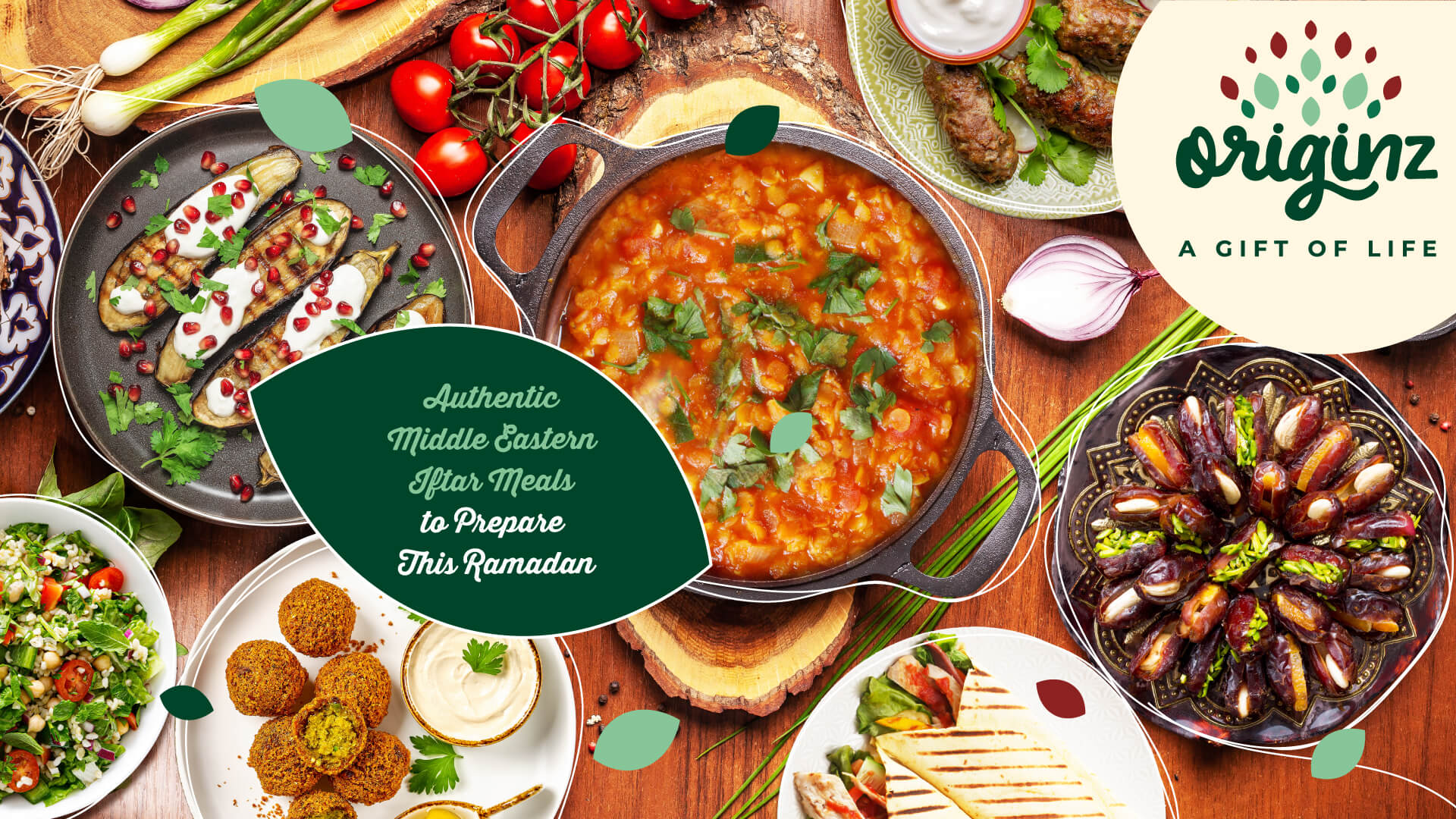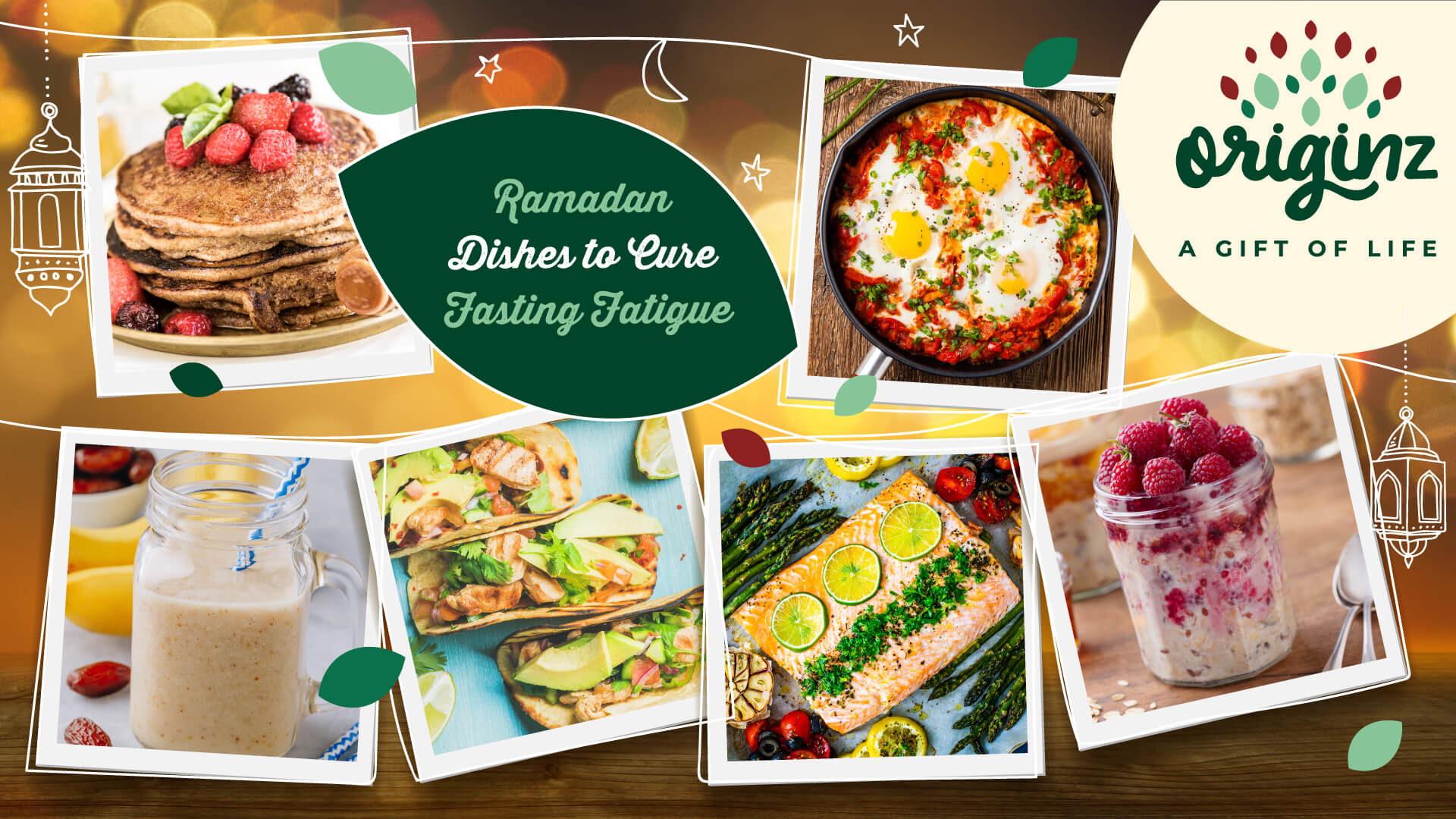Different Types of Pasta and How to Use Them
Pasta, a wheat-based Italian staple food, has become a key part of household pantries across the world. It comes in over three hundred varieties and can be used in everything from soups to stews to traybakes. With all this scope for choice, picking the right pasta for your dish can seem quite daunting, but we are here to help. This blog will put the spotlight on ten of the more common types of pasta, and the best ways to use them in your cooking, so that you can become a master of pasta!
Spaghetti
Perhaps no variety of pasta suggests Italy more than spaghetti. This iconic pasta is long and thin, and is a classic choice for Italian dishes. It is also versatile, and pairs well with both tomato-based sauces such as Bolognese, and simple garlic and olive oil (aglio e olio), as well as dishes like spaghetti carbonara. Spaghetti is usually made from durum wheat (as in Originz organic spaghetti), but can easily be made with whole grains instead.
Fettuccine
Fettuccine is a flat, wide pasta, long and thin like spaghetti. Its flat shape helps it hold on to light and creamy sauces. Popular fettuccine dishes take advantage of this, pairing fettuccine with creamy alfredo sauce and lean chicken to make chicken fettuccine alfredo. Fettuccine is often compared to tagliatelle, which has a similar shape but is made with egg as well as wheat semolina.
Penne
Penne is a short, cylindrical pasta with angled ends. It usually has small ridges running down its length, but a ridge-less variety called penne lisce also exists. Its ridged shape means it can stick sauces to itself very well, and it is commonly used in baked dishes, or paired with pesto or tomato sauces. For inspiration, try our irresistible penne arrabbiata, made with Originz organic penne rigate!
Rigatoni
Rigatoni is one of the larger pasta shapes you will encounter. It is a tube-shaped pasta with a large hole in the middle to hold sauces. The size of its centre means that chunks of food can even be stored inside it, which makes it a great choice for textured sauces such as Bolognese or baked dishes such as pasta al forno.
Farfalle (Bowtie Pasta)
The name ‘farfalle’ comes from the Italian for ‘butterflies’, and it’s easy to see why. With its pointed edges and hourglass shape, it looks a little like a butterfly in flight. In some regions of Italy, it is known as strichetti, meaning ‘bowties’, again because of the even and decorative shape. Its unique profile can capture pasta salad dressings and cream-based sauces especially well.
Fusilli
Fusilli is another pasta shape that is very commonly used, and for good reason. Its distinctive corkscrew shape helps it hold sauces of all consistencies, from thick ricotta sauces to thin oil and lemon dressings. Fusilli is often confused with rigatoni, which also has a corkscrew shape – the difference being that rigatoni has a much tighter corkscrew than fusilli, which somewhat limits its ability to hold sauce.
Orzo
Orzo is one of the smaller pasta varieties, with a shape like a large grain of rice. Its small size means that it is less suited to serving with sauce, and more suited to soups, salads, and risotto-style dishes. It is also very good at absorbing the flavours of soups and broths if cooked in them.
Spirali
Spirali, as the name suggests, are spiral-shaped tubes of pasta with ridges running down them, a cross between fusilli and rigatoni. They are also known as cavatappi, meaning ‘corkscrews’, because of this unique shape. Spirali excels at holding on to creamy and cheesy sauces, the ridges and overall shape adding texture to any dish.
Conchiglie
Conchiglie is also known as shell pasta because its shape and its ridges make it look like a seashell. The distinct shape allows it to hold sauces within, making it a great choice for pasta bakes such as macaroni and cheese, as well as for soups and pasta salads.
Ravioli
Ravioli pasta is made of two sheets of pasta stuck together and stuffed with various fillings, including cheese, meat and vegetables. Depending on the filling of the ravioli, you may wish to serve either a tomato-based or a cream-based sauce, or even a simple sage butter.
FAQs
Q: How do I choose the right pasta for my sauce?
A: As a general rule of thumb, light creamy sauces are good with wide and flat pastas like fettuccine, thick chunky sauces suit pastas with ridges and hollows like rigatoni and fusilli, and oil- or liquid-based pasta sauces suit long and thin pastas like spaghetti.
Q: Can I combine different pastas into the same dish?
A: Of course! There are many reasons why you might want to combine shapes, from visual effect to mouthfeel. Combining fusilli with farfalle, for example, might give you a very visually interesting dish, which can be paired with a nice creamy sauce. You can even try adding farfalle to our yummy pasta mushroom stroganoff recipe!
Q: I’m looking for a fun pasta shape for kids. Any recommendations?
A: To keep your kids interested in your pasta dishes, try shapes like farfalle, rotini, or wagon-wheel pasta. Make sure to choose something they can easily get on their forks or spoons – the idea of a child trying to eat spaghetti fills every parent with dread!
Of course, the varieties of pasta you can find in stores are not limited to the ones in this blog, and if you look hard enough, you will find all kinds of weird and wonderful pasta varieties, from stelline to busiate. This blog has given an insight into how you can pair any one of these with the perfect meal to match it. All that’s left to do is get out there and explore the wide world of pasta!
Further Read,
Latest Blogs

Maintaining Healthy Habits After Ramadan
Have Ramadan healthy meals after Ramadan and maintain healthy food habits and implement them in your daily lives. Read more about healthy food habits.

Authentic Middle Eastern Iftar Meals to Prepare This Ramadan
Prepare some authentic middle eastern iftar meals this Ramadan. Look for fresh Ramadan food ideas and make your day memorable with these dishes. Check them out.

Ramadan Dishes to Cure Fasting Fatigue
Don’t worry about fasting fatigue anymore as we have listed some best Ramadan dishes and easy iftar meals to support your fasting journey. Check them out.

Eid-al-Fitr Feast: Delicious Recipes to Celebrate the End of Ramadan
Celebrate the end of Ramadan with delicious recipes on the eve of Eid ul Fitr. Read more about the traditional Ramadan recipes and make them easily.